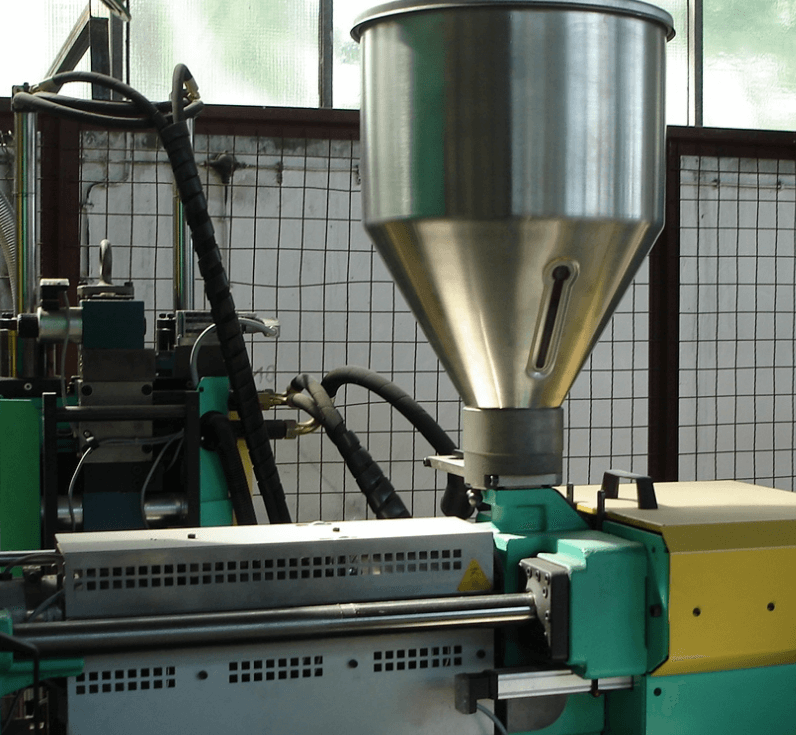中文
ENGLISH
中文
ENGLISH
In this form of injection moulding, the typical melted plastic injection is assisted by the injection of pressurised gas into the mould – nitrogen is commonly used for this process. The gas generates a bubble that pushes the plastic towards the ends of the mould; thus, as the bubble expands, different sections are filled. There are several forms of moulding used in the plastics industry that are differentiated by the position where the gas is injected when casting the polymer.
More specifically, gas can be injected through a nozzle in the machine, or directly into the mould’s cavity under a constant pressure or volume. Some of these methods are protected by patents; therefore, proper licencing agreements should be entered into to use them.

This technique provides an effective, affordable way to achieve high resistance and rigidity in structural parts. In addition to this advantage, structural foam parts have a superior thermal isolation, a greater chemical resistance, and improved electric and acoustic characteristics. This parts involve a foam core between two layers; this core is obtained by dissolving an inert gas in the resin and allowing it to expand when injecting the gas-plastic solution in the cavity of the mould. Where can we find parts manufactured through foam injection moulding? This process is used in vehicle panels as an alternative to reduce part weight.


